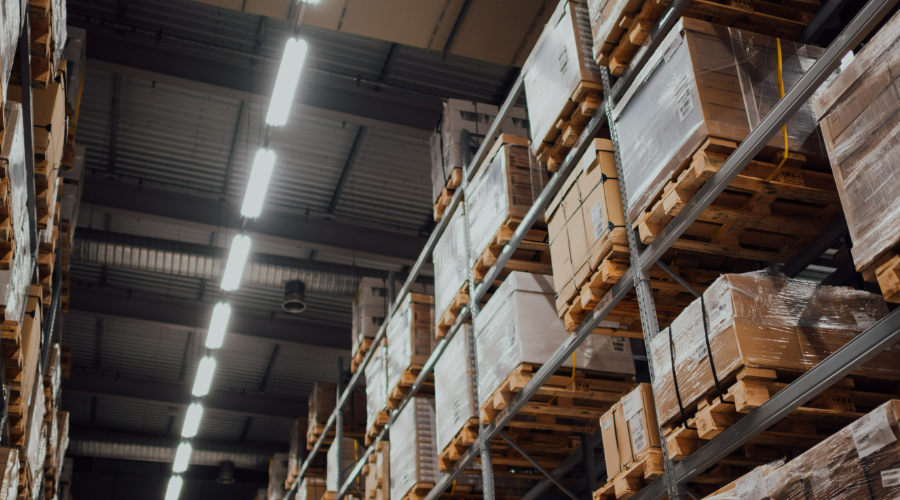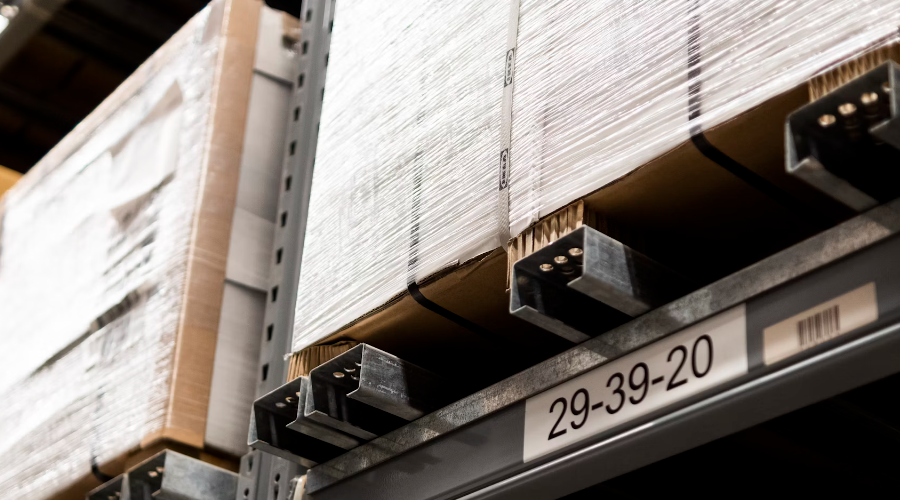Table of Contents
What Is Stock Level? A Complete Guide to Inventory Optimization and Control
Time: Apr 08,2025 Author: SFC Source: www.sendfromchina.com
Effective inventory management is crucial for any business aiming to meet customer demand while minimizing costs. Central to this is the concept of stock levels, which dictate the quantity of inventory a company maintains at any given time.Throughout the article, we will clarify what stock levels entail, their relevance in inventory management, optimization techniques, and essential calculation formulas.

1. What Is Stock Level?
Stock level refers to the quantity of goods or materials that a business holds in its inventory at a specific point in time. It encompasses raw materials, work-in-progress items, and finished products ready for sale or distribution. Maintaining appropriate stock levels ensures that operations run smoothly without interruptions due to stockouts or overstocking.2. Why Is Keeping an Optimal Stock Level Important?
Maintaining optimal stock levels is vital for several reasons:- Customer Satisfaction: Adequate stock ensures that customer orders are fulfilled promptly, enhancing trust and loyalty.
- Cost Efficiency: Avoiding overstocking reduces holding costs, such as storage fees and insurance, while preventing stockouts minimizes potential lost sales.
- Operational Efficiency: Proper stock levels streamline production processes and reduce the risk of halts due to unavailable materials.
- Cash Flow Management: Tying up funds in excessive inventory can strain cash flow; optimal stock levels free up capital for other investments.
Balancing stock levels effectively prevents the pitfalls of overstocking, which can lead to increased holding costs and potential obsolescence, and understocking, which can result in missed sales opportunities and dissatisfied customers.
3. What Is Stock Optimization
Stock optimization involves strategically managing inventory to balance supply and demand, minimize holding costs, and maximize service levels. It encompasses demand forecasting, inventory control techniques, and data-driven insights to ensure that the right products are available at the right time and place.Effective stock optimization leads to reduced excess inventory, improved cash flow, and enhanced customer satisfaction by ensuring product availability without overcapitalizing on stock.
4. How to Optimize Stock Level

- Demand Forecasting: Utilize historical sales data and market trends to predict future demand accurately. It helps in planning inventory purchases and production schedules.
- Inventory Control Techniques: Implement methods such as ABC analysis to prioritize inventory management efforts based on the value and frequency of items.
- Safety Stock Management: Maintain a buffer stock to mitigate uncertainties in demand or supply chain disruptions.
- Regular Audits: Conduct periodic inventory audits to reconcile physical stock with inventory records, ensuring accuracy and identifying discrepancies.
- Technology Integration: Leverage inventory management software for real-time tracking, automated reordering, and data analytics to inform decision-making.
5. Types of Stock Levels

- Minimum Stock Level: The lowest quantity of stock that should be maintained to prevent stockouts. Falling below this level signals the need for immediate replenishment.
- Maximum Stock Level: The highest quantity of stock that should be held to avoid excessive holding costs and potential obsolescence.
- Reorder Level: The predetermined stock level at which new stock should be ordered to replenish inventory before it reaches the minimum level.
- Average Stock Level: The average quantity of stock held over a specific period, calculated to assess inventory performance.
- Danger Level: A critical stock level below the minimum, indicating an urgent need for replenishment to avoid production stoppages.
6. Formula for Calculating Stock Levels

Reorder Level
Reorder Level = (Average Daily Usage × Lead Time) + Safety StockSafety Stock
Safety Stock = (Maximum Daily Usage × Maximum Lead Time) - (Average Daily Usage × Average Lead Time)Safety stock acts as a buffer against demand variability and supply delays.
Maximum Stock Level
Maximum Stock Level = Reorder Level + Reorder Quantity - (Minimum Consumption × Minimum Reorder Period)Maximum stock level ensures that stock does not exceed storage capacity or tie up excessive capital.
Minimum Stock Level
Minimum Stock Level = Reorder Level - (Average Usage × Average Lead Time)Maintaining a minimum stock level helps prevent stockouts during normal operations.
7. Conclusion
Effective management of stock levels is a critical component of successful inventory management. By understanding the various types of stock levels and employing strategies to optimize them, businesses can enhance operational efficiency, reduce costs, and improve customer satisfaction. Regular analysis and adjustment of stock levels, informed by accurate data and forecasting, are essential to adapt to changing market demands and maintain a competitive edge.8. FAQs
Q1: What is stock level?
A stock level refers to the quantity of goods or materials a business holds in its inventory at any given time.Q2: Why is maintaining optimal stock levels important?
Optimal stock levels ensure products are available to meet customer demand, reduce storage costs, and prevent stockouts or surplus inventory.Q3: What is safety stock?
Safety stock is extra inventory maintained as a buffer against unexpected increases in demand or supply delays.Q4: How do you calculate reorder level?
Reorder level is calculated by: (Average Daily Usage × Lead Time) + Safety Stock.Q5: What happens if stock levels are too high or too low?
Excessive stock levels can tie up capital and incur additional storage costs, while insufficient stock levels can result in lost sales and dissatisfied customers. Post Views:114
Post Views:114
Copyright statement: The copyright of this article belongs to the original author. Please indicate the source for reprinting.
Previous Post
A Complete Guide to Standard Shipping: Timeframes, Costs, and Best Carriers
Next Post
Order Fulfillment Process Guide: How to Improve Order Fulfillment Process
TAGS
Hot Research
Get a Custom China Fulfillment Solution with FREE Storage for 30 Days
 Want to know about our services, fees or receive a custom quote?
Want to know about our services, fees or receive a custom quote?
 Please fill out the form on the right and we will get back to you within a business day.
Please fill out the form on the right and we will get back to you within a business day.
 The more information you provide, the better our initial response
will be.
The more information you provide, the better our initial response
will be.





 TAGS:
TAGS: